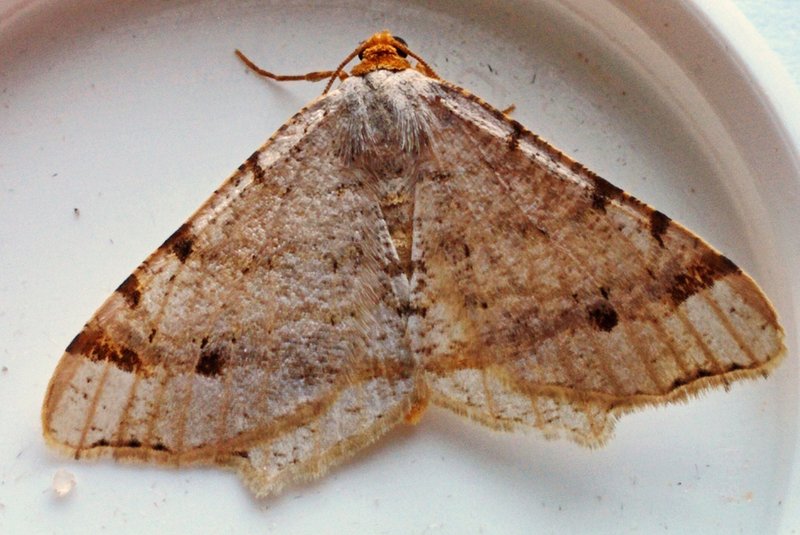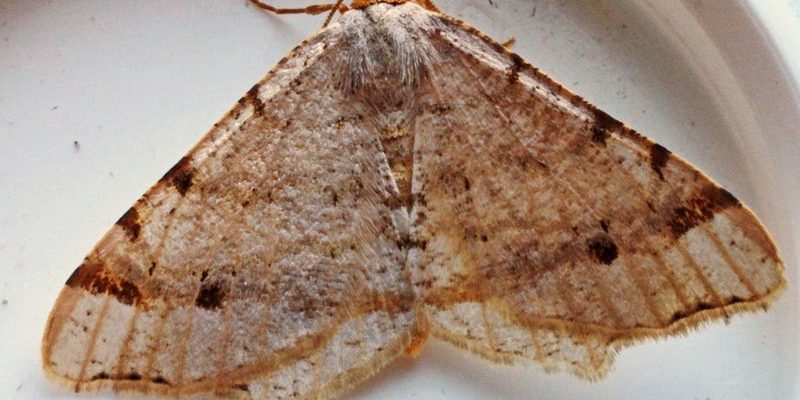
You might be wondering why outdoor lights are such a magnet for inchworm moths. Well, it’s pretty simple: these moths are drawn to light, much like a compass guiding sailors to safety. This guide is all about attracting inchworm moths with outdoor lights effectively. From choosing the right type of light to tips on enhancing your outdoor space, we’ve got you covered.
Why Inchworm Moths Are Drawn to Lights
Let’s start with the basics: Why do inchworm moths fly toward lights in the first place? These little guys are nocturnal, meaning they are primarily active at night. They rely on natural light sources, like the moon, to navigate. When artificial lights come into play, they often get confused and flock toward them instead. This behavior is known as positive phototaxis.
Think of it this way: if you were out camping in the dark, the light from a cozy campfire would seem like a beaming beacon. Moths perceive these outdoor lights as their guides, even when they lead them into tricky spots. As a result, if you want to attract these beautiful insects, your outdoor lighting set-up matters.
Types of Lights That Attract Inchworm Moths
Not all outdoor lights are created equal when it comes to attracting inchworm moths. Here are a few types that work particularly well:
- LED Lights: While energy-efficient, many LED lights emit wavelengths that don’t attract moths. However, some warm-colored LEDs can be effective.
- Incandescent Bulbs: These traditional bulbs produce a broad spectrum of light, making them appealing to moths.
- Fluorescent Lights: These can attract fewer moths compared to incandescent bulbs, but certain colors can still work.
- Black Lights: Ultraviolet lights are especially effective at drawing in various insects, including moths.
Choosing the right light can significantly improve your chances of attracting inchworm moths to your yard.
Setting Up Your Outdoor Lights
Once you’ve settled on the right type of light, it’s time to think about where to place them. **Location** is key! You want to create an inviting atmosphere for moths while ensuring they’re safe from potential predators.
Here are some tips for setting up your lights:
1. **Choose a Central Location:** Position the lights in an open space away from any large trees or shrubs. This ensures moths are drawn in without obstacles blocking their path.
2. **Use Multiple Lights:** If you can, use several lights spaced out. This not only increases your chances of attracting more moths but also gives a more ambient vibe to your space.
3. **Keep It Simple:** Avoid combining too many light sources or bright colors, as this can confuse the moths. Stick to one or two light types for the best effect.
By setting up your lights thoughtfully, you’ll create a welcoming zone for inchworm moths, giving you a front-row seat to their enchanting dance.
Enhancing Your Outdoor Space for Moths
While lights play a significant role, **creating a friendly environment** for inchworm moths goes beyond just illumination. Here are some ideas to enhance your outdoor area and make it even more attractive:
– **Add Native Plants:** Inchworm moths love to feed on the foliage of particular plants. By planting native species that cater to their larvae, you can draw adult moths to your yard.
– **Minimize Pesticide Use:** Chemicals in pesticides can harm moths and other beneficial insects. Consider using natural alternatives to keep harmful organisms at bay while protecting your fluttery friends.
– **Create Shelters:** Offer a cozy place for moths to rest. By incorporating some logs or brush piles in your garden, you give them spots to hide away during the day.
With these enhancements, you not only support inchworm moths but also create a thriving ecosystem in your backyard.
Common Issues & Troubleshooting
While attracting inchworm moths can be a rewarding endeavor, you might run into a few hiccups along the way. Here are some common issues and how to tackle them:
– **Lights Not Attracting Moths:** If you’re using lights and not seeing any visitors, consider switching types. Experimenting with warm incandescent bulbs could help draw them in.
– **Too Many Other Insects:** If other bugs are taking over, try changing the lighting area or employing bait to lure different species away. It can also help to reduce light pollution in other areas.
– **Moths Not Returning:** It might take time for adult moths to recognize your space as a safe haven. Keep the lights running consistently and maintain a nurturing environment.
If you encounter any issues, don’t get discouraged. Getting to know your local fauna can take patience and experimentation.
Enjoying the Beauty of Inchworm Moths
Once you’ve attracted inchworm moths to your outdoor lights, it’s time to sit back and enjoy the magic. These little creatures can be mesmerizing to watch as they flutter and interact with each other. You might find yourself captivated by their graceful movements.
Consider documenting your moth visitors. Grab your phone or camera and snap some pictures. It can be a fun activity to share with friends or family, turning your backyard into a lively natural gallery.
Here’s the thing: our connection to nature can be incredibly fulfilling. By attracting inchworm moths, you’re not just creating a spectacle; you’re also supporting local ecosystems.
Wrapping Up Your Moth-Attracting Adventure
Attracting inchworm moths with outdoor lights is a journey filled with discovery and appreciation for nature’s small wonders. From choosing the right light sources to enhancing your yard, every step contributes to a richer outdoor experience. You might even find that your love for moths leads to a broader fascination with all kinds of insects and wildlife.
So, next time you’re out on a warm evening, take a moment to appreciate the little things buzzing around your lights. Happy moth watching!

